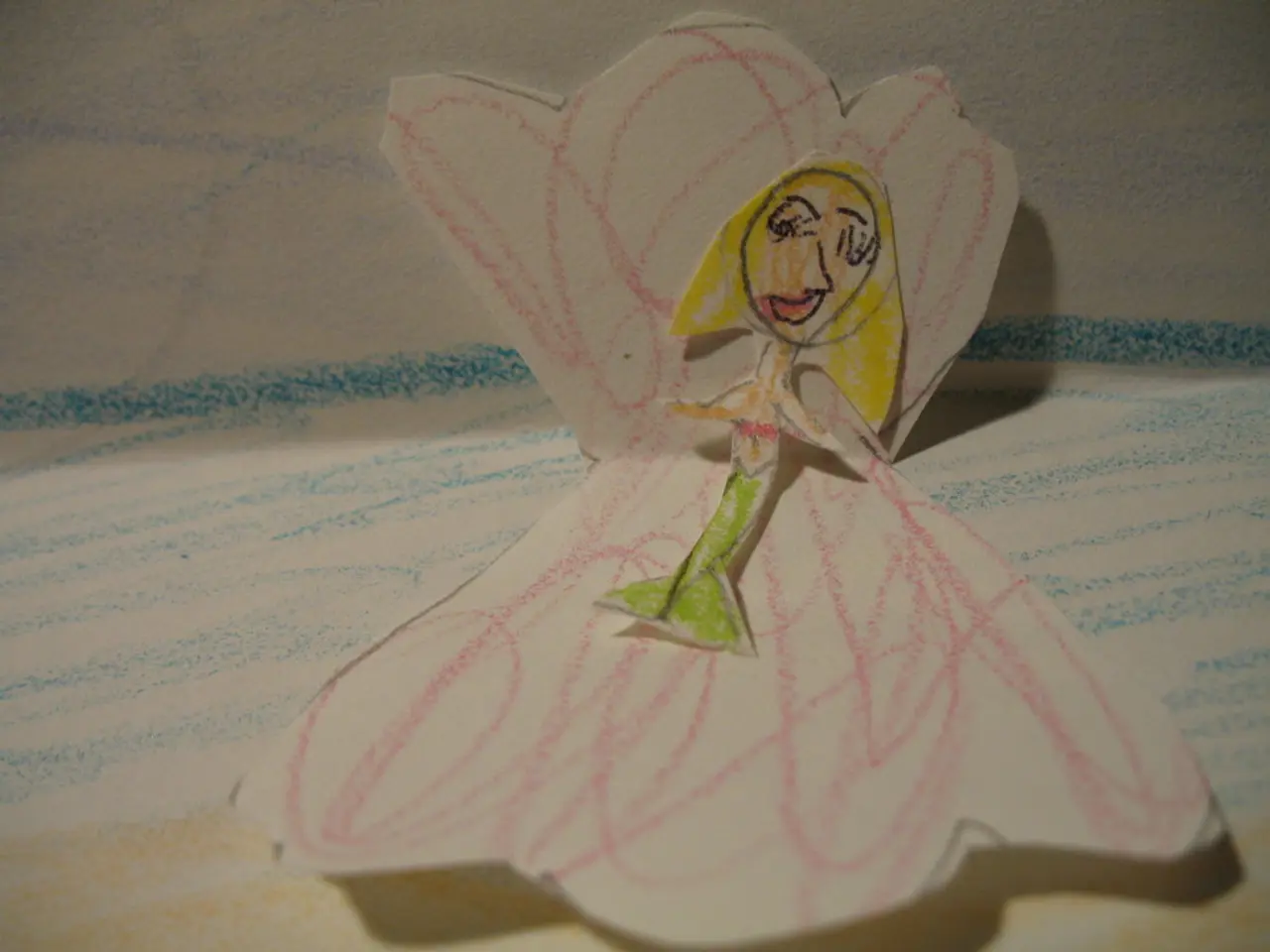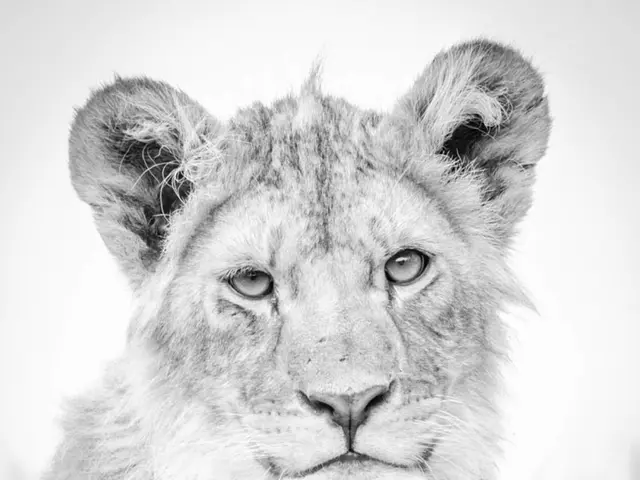Encouraging Creative Development: Entertaining Methods to Introduce Art to Your Preschooler
In the world of early childhood development, fostering creativity is a key element in providing a well-rounded education. Parents can effectively and educatively expose toddlers to the world of art by integrating creative experiences through home setups, daily routines, community activities, and diverse art forms. Here are key strategies supported by recent educational insights:
**Home Setups:**
Creating an art-friendly environment is crucial. Accessible supplies like crayons, paints, pipe cleaners, paper, and clay enable toddlers to freely explore colours, shapes, and textures. Setting up open-ended play areas, such as easels with large paper rolls, outdoor painting stations, or sensory tables with natural materials, inspires creativity and tactile exploration. Messy art activities, like splatter painting or fly swatter painting outdoors, promote sensory engagement and joyful experimentation.
**Daily Routines:**
Incorporating regular arts and crafts time into daily schedules allows toddlers to express emotions and ideas visually. Using art to support language development by talking about colours, shapes, and textures during activities reinforces vocabulary and observation skills. Combining music and movement with art, such as creating art inspired by songs or rhythms, stimulates both auditory and visual creativity.
**Community Activities:**
Participating in local art workshops, storytimes, or museum events designed for young children offers social opportunities and exposure to diverse art styles and cultural expressions. Joining community mural or nature-based art projects where toddlers can collaborate and learn about collective creativity and nature-inspired art (e.g., flower mandala suncatchers) is also beneficial.
**Diverse Art Forms:**
Introducing toddlers to a variety of materials and techniques, from painting and drawing to origami folding, rock painting, and crafting with recycled objects, broadens their sensory and creative experiences. Exploring nature art by using natural objects like leaves and flowers in projects fosters appreciation for the environment and its textures and colours. Encouraging imaginative play connected with art, such as building forts or acting out stories, integrates creativity and cognitive development.
By thoughtfully combining these approaches—providing tools, time, and opportunities for creative expression both at home and in community settings—parents can nurture their toddlers' artistic curiosity in ways that build confidence, fine motor skills, language, and social-emotional intelligence. This multifaceted engagement helps art become a joyful and meaningful part of toddlers' everyday learning and experiences.
A recent survey found that 91% of people believe the arts play a crucial role in providing a balanced education. By following these strategies, parents can help their toddlers develop a lifelong love for art and creativity.
- Beyond the realm of early childhood development, a balanced lifestyle can greatly benefit from incorporating creative outlets like fashion-and-beauty, where toddlers can learn about textures, colors, and patterns through clothes and makeup.
- In the world of culinary arts and food-and-drink experiences, toddlers can experiment with ingredients, develop fine motor skills, and learn about different tastes and textures while helping with meal preparations.
- As for home-and-garden activities, creating a garden not only encourages toddlers to learn about nature and environmental conservation, but also provides opportunities for them to participate in planting, watering, and observing the growth of plants.
- In terms of relationships, illustrating stories that emphasize empathy, kindness, and problem-solving can help toddlers both understand and practice these essential social skills.
- Lastly, pets can serve as educational tools for teaching responsibilities, compassion, and patience, contributing to personal-growth and emotional development in toddlers. Moreover, incorporating pets into creative projects could be an exciting twist in their art explorations, especially when learning about pets-themed travel destinations or car designs from different countries. Furthermore, endeavors in education-and-self-development, such as enrolling in online art classes or workshops, can empower toddlers to continue discovering the boundless realm of self-expression and creativity throughout their journey of personal growth.




